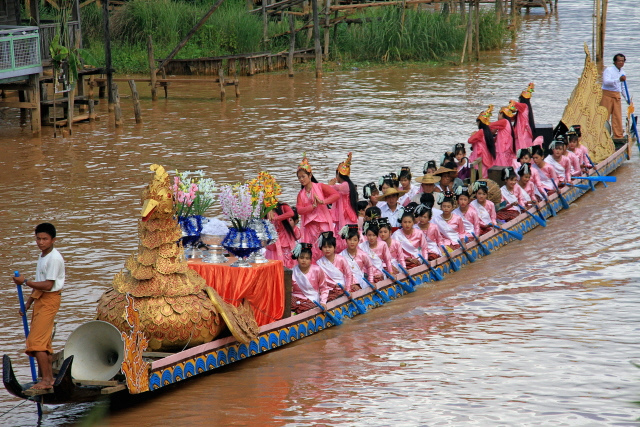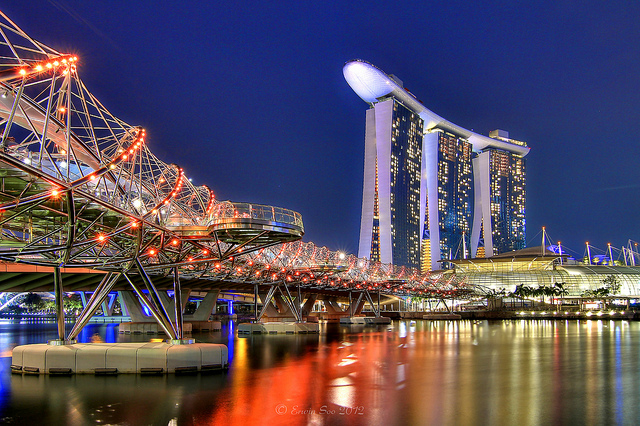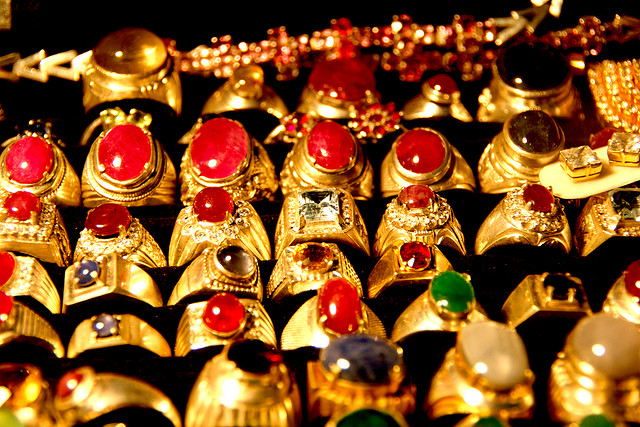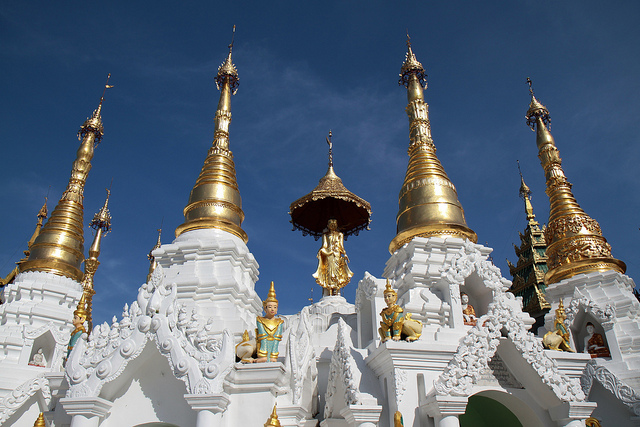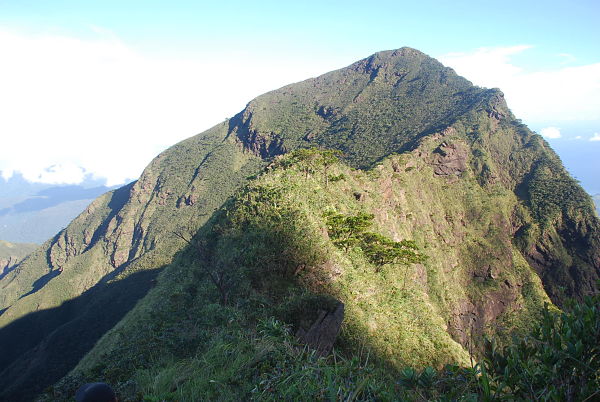Each country has its own quirks, but because we are often introduced to them via popular media, we are not as shocked when we see them first-hand. Consider, however, a country whose freedom of the press has been severely restricted in the past and is only starting to abandon censorship. This leaves the rest of the world clueless when it comes to what is really happening on the ground.
Such is the case of Burma, whose censorship board has only been recently dismantled. Thanks to travelers who made it through Burma’s tough entry policy and brought back images of this exotic country, we are better able to keep the suspense to a minimum when we finally come face to face. Here’s hoping that these glimpses prepare us for this unique encounter.
The Karen people were originally from southern and southeastern Burma and only got displaced when they were driven by the Myanmar junta (Burmese military government) out of their domains. They now mostly live in Thailand-Burma border as stateless citizens. Their necks are not long; brass coils that are fitted in their childhood depress the shoulder bones, giving an illusion of elongated neck.
“Kun-ya” chewing is fashionable in Burmese culture. Made from betel leaves, areca nuts, tobacco and slaked lime paste, “kun-ya” or paan is thought to have narcotic effects. Understandably, Western visitors consider this habit gross, as chewers spit on the streets and practically paint the town red. Among the Burmese, an offering of paan is a gesture of hospitality and goodwill.
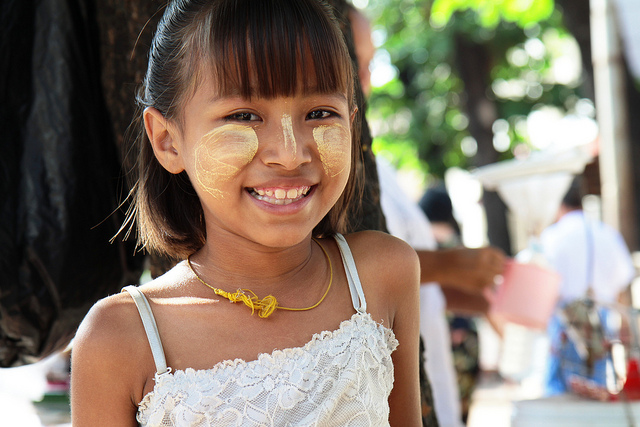
The ubiquitous make-up in Burma is “thanaka”, made from the bark of the tree of the same name (Limonia acidissima) believed to control oiliness, tighten pores and cool the skin. This paste has been applied by girls and women, and to a lesser extent men and boys, for over 2,000 years and has become a distinctive mark of the Burmese.
The Burmese diet consists mainly of steamed rice, soup, meat, vegetables and fish which are all served at the same time and with so many condiments on the side. When eating in Burma, eat with the right hand, as the left is associated with hygienic duties and therefore considered unclean.
Agriculture is still the major economic driver of Burma. Selling produce with the barest of fixtures keeps overhead to a minimum.
“Longyi” is a piece of fabric sewn into a cylindrical shape so it can be worn around the waist and fastened in place by folding the fabric over (women fold the fabric on the sides while men on the front). The wearing of “longyi” is still a daily fashion. It is one thing that tourists can participate in without offending local sensibilities (although prepare to be snubbed when buying “longyi” in certain markets).
In Burma, men wear “skirts”. Unlike the national (male) costume of the Philippines (Barong tagalog) which is only worn in formal and special occasions, the Burmese wear theirs on a daily basis. In public, the men often wear “longyi” with sensible underwear, but at home, they favor “free air-conditioning.”
